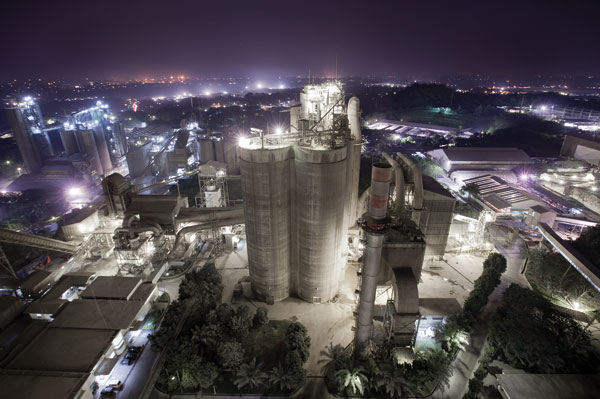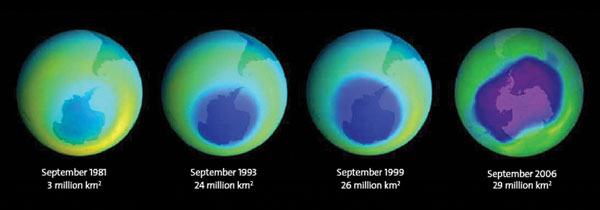In the zone with ozone
This September marked 25 years since the Montreal Protocol to save the ozone layer was signed by nations around the world. In Indonesia, Geocycle also celebrated a milestone in May this year, marking five years of operations at its Ozone Depleting Substances treatment unit – the first such facility in Southeast Asia. Vincent Aloysius of Holcim Indonesia tracks its progress.

Holcim’s Narogong plant in West Java is the centre of Indonesia’s first ozone-depleting substance destruction facility,
set up by Geocycle in 2007. The works has since safely destroyed 21,000kg of ODS gases
Most of us are now aware of the importance of the ozone layer, which blocks the sun’s cancer-causing ultraviolet rays. Scientists have known for nearly 40 years that chlorofluorocarbons (CFC) found in aerosol sprays and refrigeration systems, were eating away at this protective layer, exposing everyone to a higher risk of skin cancer, cataracts and other illnesses.
In fact, a recent report by NASA’s Goddard Space Center estimates that if CFC production had continued unchecked, we would have lost 80 per cent of the ozone shield later this century. Radiation levels in the northern hemisphere would have become strong enough to burn people in just five minutes.

CFCs were eating away at the earth’s protective ozone layer before a ban on their use was brought in force.
This action, an example of government and business cooperation, now counts as an environmental success story
Fortunately, action was taken, and the work carried out globally to ban and safely dispose of CFC is now recognised as an environmental success story. It is evidence that government and business can make a difference if they work together.

